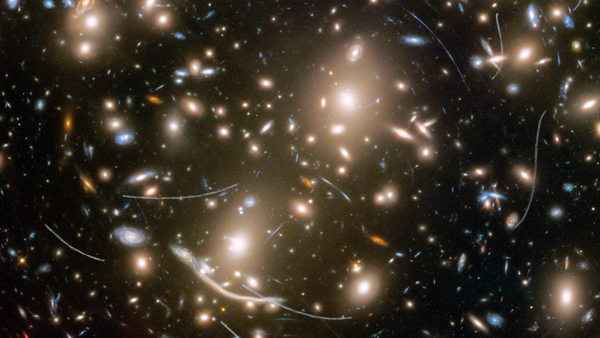In a study published in Monday’s issue of the journal Nature Astronomy, an international team of researches announced the discovery of a star a mind-boggling nine billion light years from Earth, the farthest individual star ever seen by man, using the Hubble Space Telescope and a phenomenon called gravitational lensing.
Normally the star would be too faint to view, but a phenomenon known as gravitational lensing, a quirk of nature that enormously amplifies a star’s feeble glow helped the astronomers working at the University of California to pinpoint the faraway luminary.
Stars more than 100 million light years away are usually impossible to make out, but detecting the blue supergiant, which has since been nicknamed Icarus, was made possible only because its light was magnified 2,000 times, Space.com wrote.
Gravitational lensing can magnify distant objects only about 50 times, but, much to the researchers’ surprise and satisfaction, Icarus was magnified to a far greater degree.
This happened because on top of the initial magnification by the galaxy cluster, Icarus was further magnified when another star aligned precisely in front of it.
The rare glimpse of a faraway star could provide a window into how stars in general evolve, especially those that are extremely luminous.
READ MORE: Pitch Black: Hubble Telescope Spots Dark Planet That Devours Light
With the upcoming launch of modern, more-powerful telescopes like the James Webb Telescope, astronomers believe that microlensing events like this may allow them to study the evolution of the universe's earliest stars in unprecedented detail.



